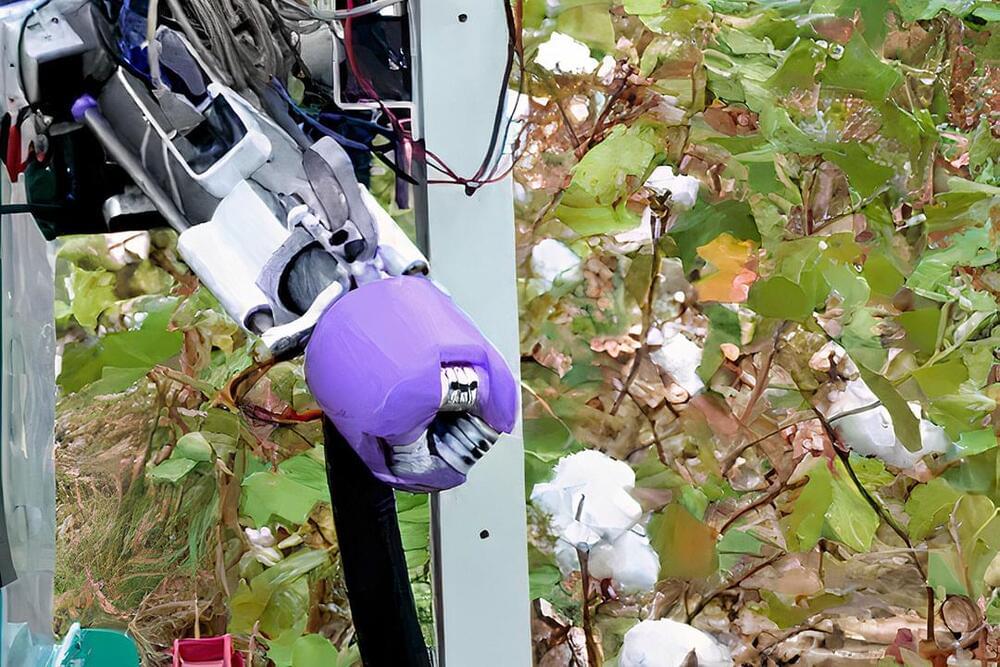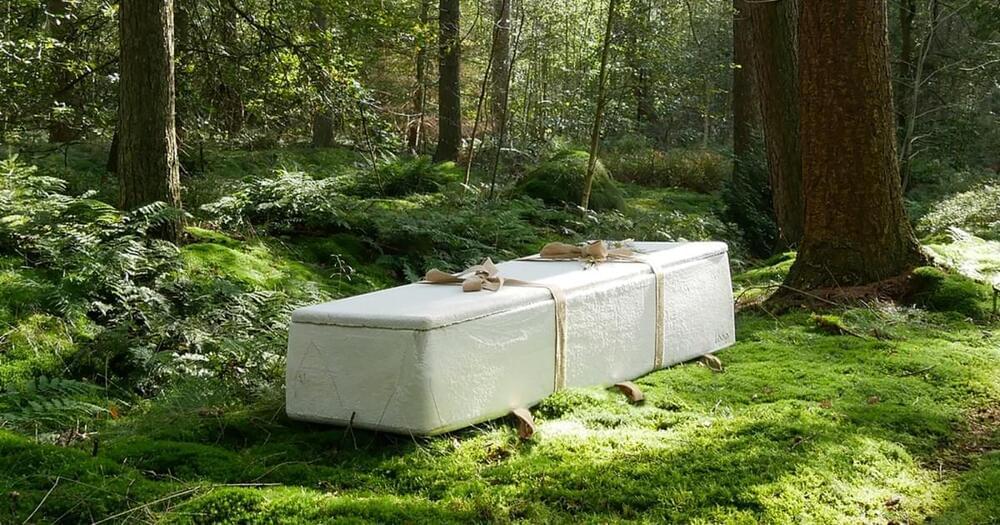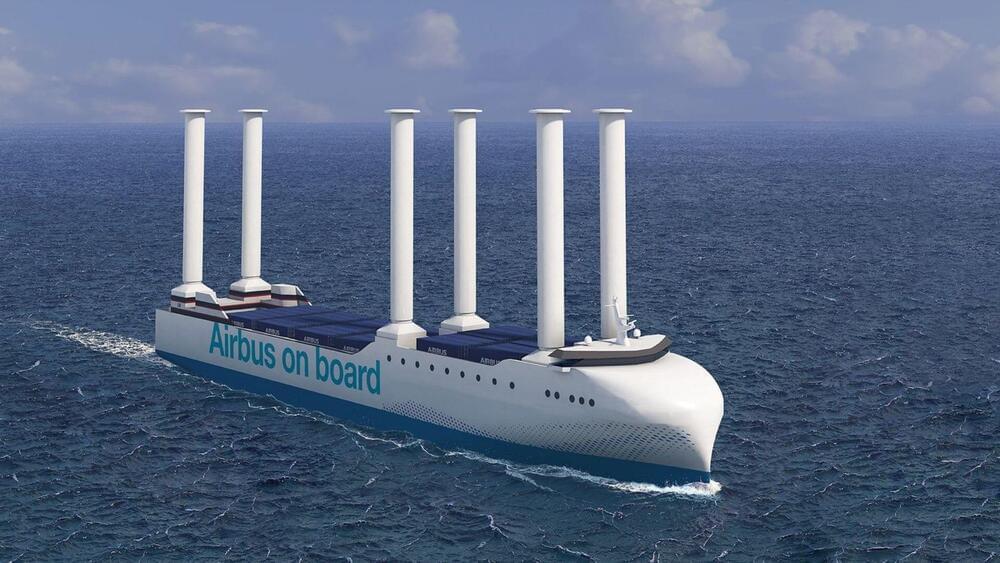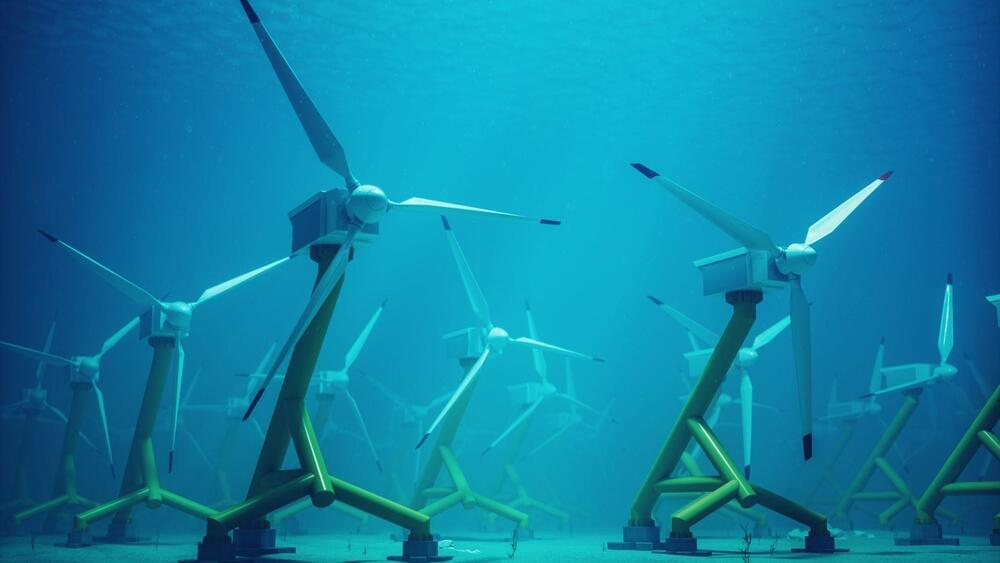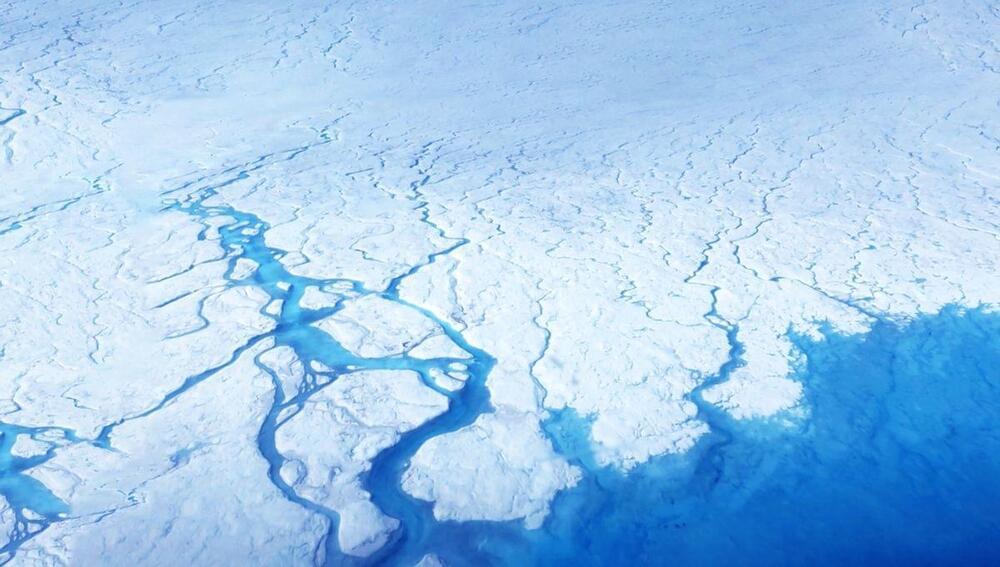Nov 2, 2023
The First-Ever Lunar Farm Shows That Plants Can Grow On The Moon
Posted by Genevieve Klien in categories: food, space, sustainability
Plants are not just able to survive in low gravity such as on the Moon, two new papers suggest – they may prefer it, at least based on the only species to sprout.
When Chang’e 4 landed on the Moon in January 2019 it carried with it a payload that could dictate the future of space exploration: seeds of four plant species it sought to grow on the lunar surface. The germination of a single cotton seed attracted plenty of attention at the time, but there’s more to growth than just sprouting. If crops grown on the Moon are less productive or more fragile than those on Earth, it’s going to be a big problem.
It’s taken more than four years, but important results from the experiment have now been released and they suggest that for all the obstacles to establishing colonies on the Moon and Mars, growing food might not be one. Then again, it’s still very early days.


